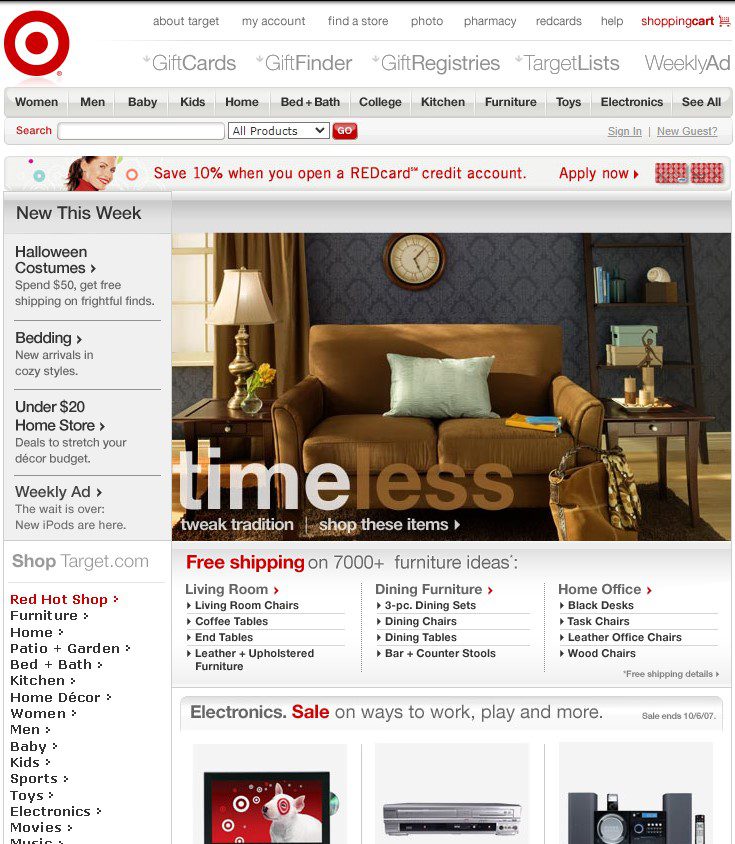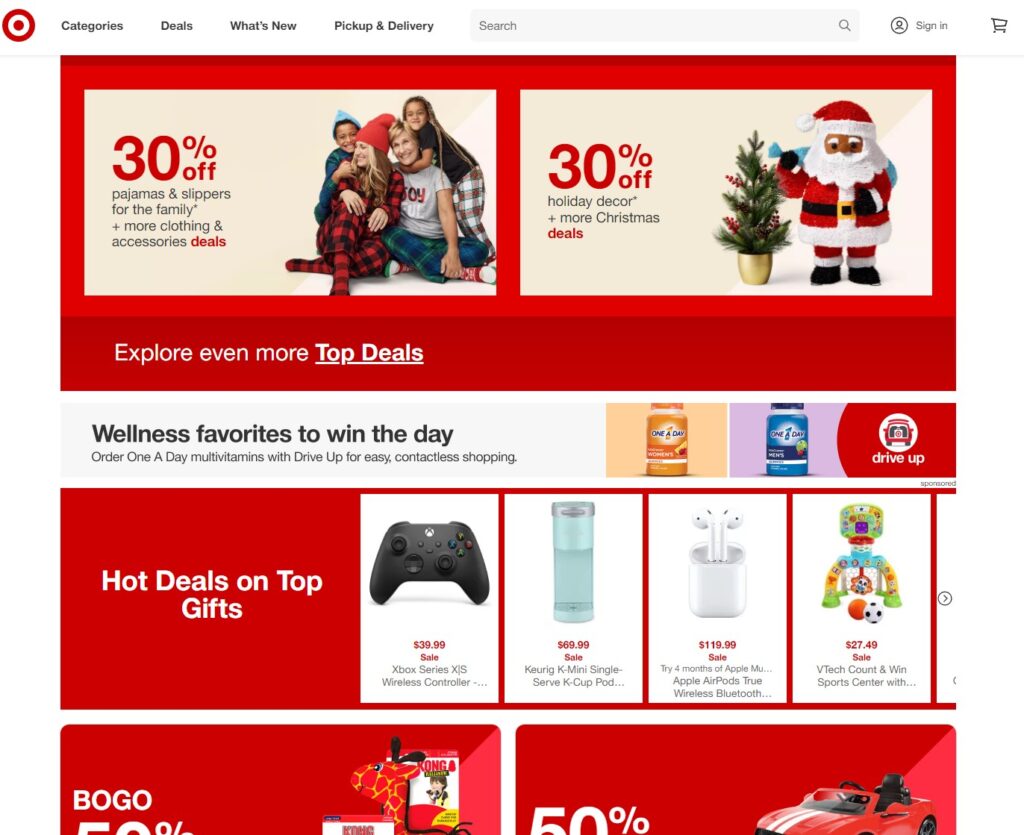Ecommerce Is Going Back In Time & Here’s Why
Ecommerce is always changing but here is one big reason I see as to why.
How can you win in an extremely crowded space like LA traffic at 5 p.m. On a weekday.

I started building my first website using HTML in the late 90s. but let’s be honest no one wants to hear about me and building some websites. But the reason I brought it up is things were much simpler. We didn’t have the ability to create a lot of functions or fancy movement on websites back then.
You might ask what this has to do with digital commerce today, well I can tell you. Back then we had one thing and that was extremely slow internet. So, to get a web page to load sometimes felt like ages. Large images were not an option complex design was also not an option.
Now this affects the user experience dramatically. Our goal back then from the .com boom on was to make sites simple and could load quickly with a slow internet connection DSL.
Now as Internet speeds increased our desire for cooler looking websites that had cooler functions or in our minds seems cooler took over. I mean there was some wild stuff that was happening in the mid-2000s.
One thing was for certain we still had a slow internet connection compared to nowadays. So the goal back then in e-commerce was to make sure your website loaded quickly and the only way to do that was to make sure that it didn’t have too much complexity.
Back then we were fighting a slow internet connection or slow server speeds.

In 2007, the U.S. download speed average was 3.5 mbps
In 2022 U.S. internet download speed averages is 109 Mbps
Back then we were fighting a slow internet connection or slow server speeds. Today we are fighting a fast internet connection with extremely fast server speeds, but we are battling extremely short users’ attention spans.
BUT ITS REALLY THE SAME FIGHT!
So, in order to capture users’ imagination, we have to do it within a matter of seconds. So keep these facts in mind when you’re building your website today or you’re looking to optimize your performance today.
THE BIG TAKE AWAY IS LESS IS MORE!
JUST LOOK AT TARGET.COM HOME PAGE IN 2007 COMPARED TO TODAY. THE BIG CHANGE I SEE IS A WHOLE LOT LESS OF EVERYTHING!
BACK IN 2007

TODAY

By Jeffry Graham
